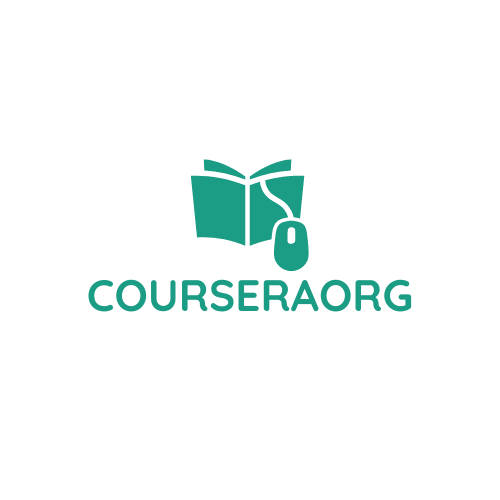Trends in Learning and Development
In the ever-evolving landscape of education, staying abreast of the latest trends in learning and development is crucial for professionals looking to enhance their knowledge and skills. From personalized learning experiences to the integration of technology in education, the field is witnessing a transformation that promises to revolutionize how we approach learning.

Educators and organizations are increasingly embracing innovative strategies to cater to diverse learning styles and preferences. With a focus on adaptability and continuous improvement, the trends in learning and development are shaping the future of education. By understanding and leveraging these trends, individuals can stay ahead of the curve and unlock new opportunities for growth and success in the dynamic world of learning.
Evolution of Learning and Development Methods
In the evolving landscape of education, the methods for learning and development have undergone significant changes. Traditional classroom settings are no longer the sole means of acquiring knowledge. Technology has revolutionized teaching approaches, paving the way for online courses, virtual reality simulations, and interactive learning platforms. These advancements have made learning more accessible, flexible, and engaging for learners of all ages.

The integration of AI-driven tools and analytics has enabled personalized learning experiences tailored to individual needs. Adaptive learning algorithms can identify strengths and weaknesses, offering targeted content to enhance comprehension. Such customized approaches have proven to be more effective in fostering knowledge retention and skill development.
Furthermore, the rise of microlearning, which delivers educational content in small, specific bursts, has gained popularity for its efficiency and convenience. Learners can access information on-the-go, reinforcing learning without the constraints of traditional schedules. This bite-sized approach resonates well with busy professionals seeking continuous skill enhancement amidst their daily responsibilities.
As professionals strive to adapt to diverse learning styles and preferences, gamification has emerged as a powerful tool in enhancing engagement and motivation. By incorporating game elements such as competition, rewards, and interactive challenges into educational modules, learners are encouraged to participate actively and enjoy the learning process. Gamified learning environments stimulate creativity and problem-solving skills while fostering a sense of accomplishment.
The evolution of learning and development methods reflects a shift towards innovation and inclusivity in education. By embracing these advancements and staying abreast of emerging trends, individuals can enhance their learning experiences, acquire new skills, and navigate the dynamic landscape of education with confidence.
Technology Integration in Learning
Technology Integration in Learning refers to the incorporation of technological tools and resources to enhance educational experiences. Educators are increasingly leveraging technology to revolutionize the traditional learning landscape and cater to diverse learning styles effectively.
Virtual Reality and Augmented Reality in Training
Virtual Reality (VR) and Augmented Reality (AR) have gained prominence in training and development programs. These immersive technologies offer interactive simulations that simulate real-world experiences, allowing learners to engage in hands-on practices in a safe environment. For example, medical students can perform virtual surgeries in a risk-free setting to refine their skills, enhancing the overall learning outcomes.
Gamification for Engagement
Gamification is a compelling technique used to increase engagement and motivation in learning environments. By integrating game elements such as points, rewards, and competition into educational content, learners are incentivized to participate actively and achieve learning objectives. For instance, language learning apps often incorporate gamified elements like quizzes and challenges to make the learning process enjoyable and effective.
Personalized Learning Approaches

Personalized learning approaches revolutionize education by tailoring educational content to individual needs, improving engagement and knowledge retention. These methodologies leverage data analysis to create customized learning paths, adapting pace and content to match specific learning styles. By utilizing Artificial Intelligence algorithms, platforms can provide adaptive learning experiences, offering targeted feedback and recommendations for each learner.
Microlearning, a prominent aspect of personalized learning, delivers content in small, focused segments, catering to short attention spans and optimizing information absorption. This approach breaks down complex topics into easily digestible modules, enhancing understanding and long-term memory retention. Learners benefit from quick, targeted lessons suited to their preferences, enabling flexible learning schedules and personalized progress tracking.
Moreover, personalized learning integrates gamification elements to enhance motivation and engagement. Gamified activities leverage game mechanics to make learning interactive and fun, leading to increased participation and knowledge application.

